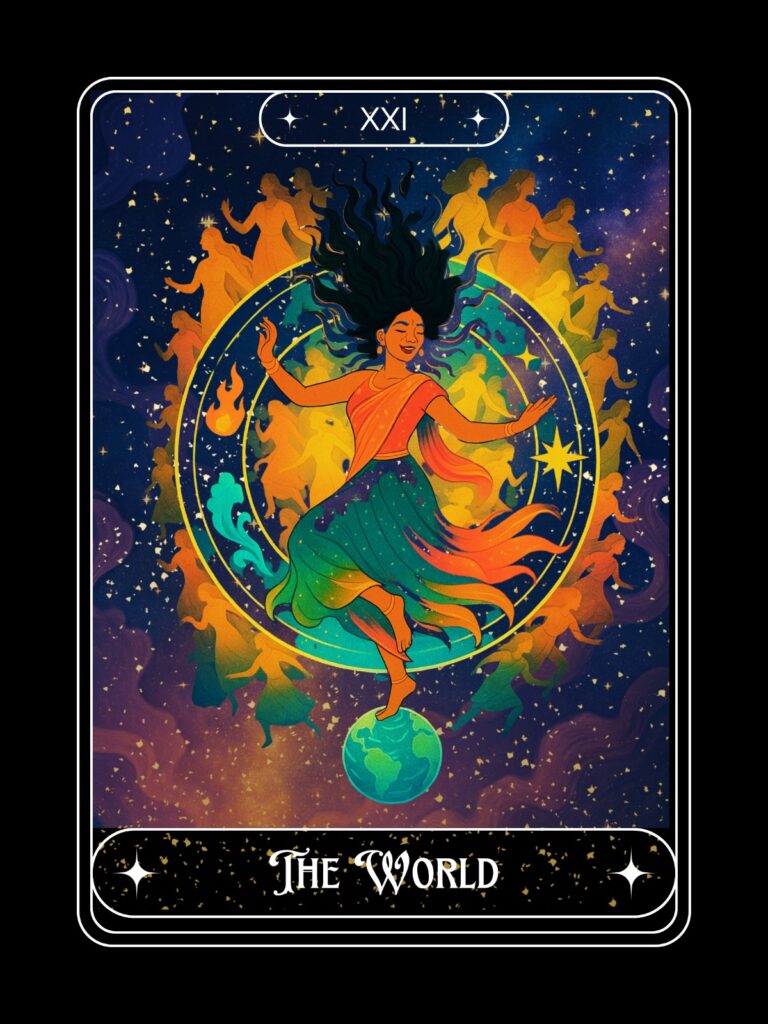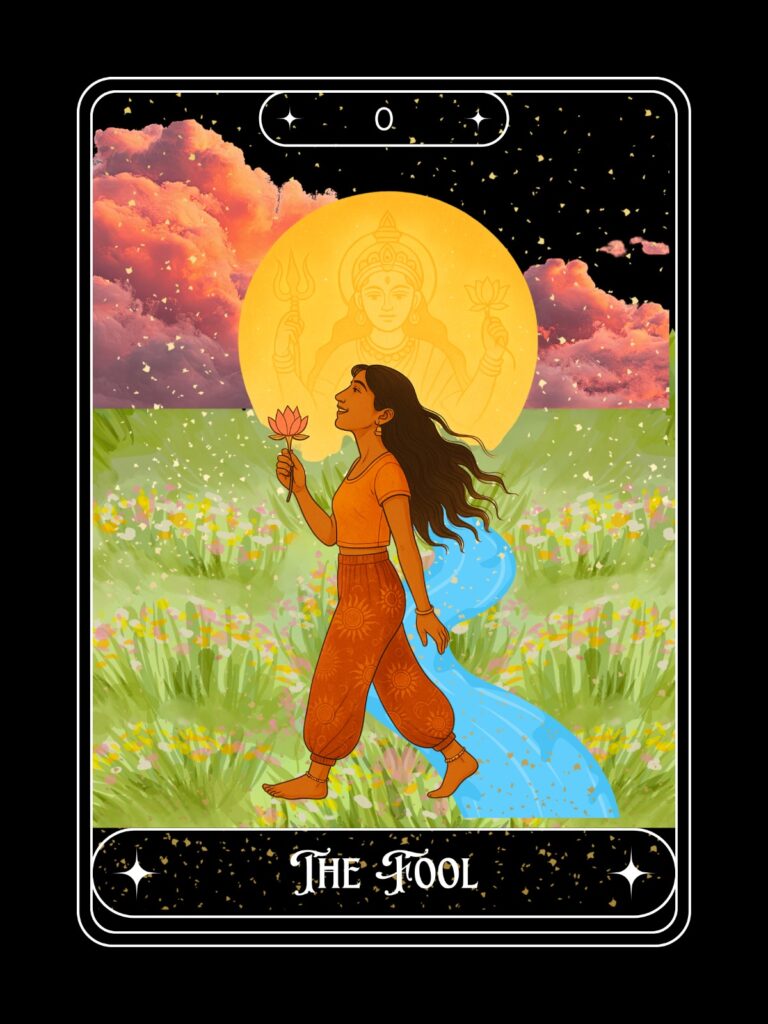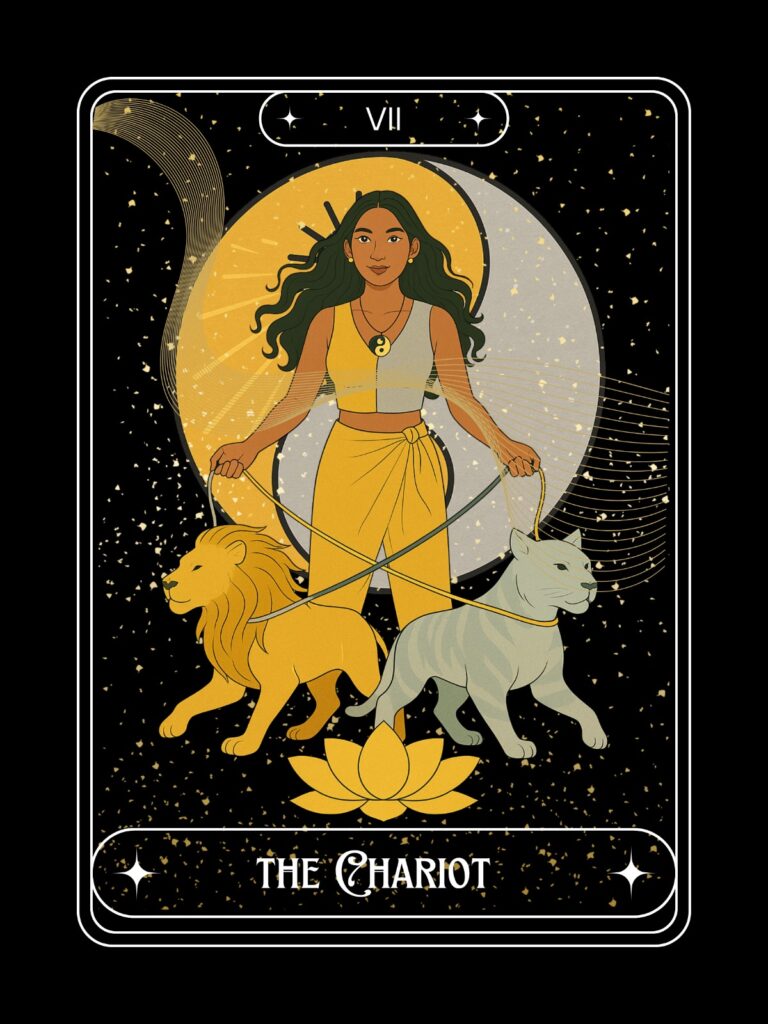


From Classic Playing Cards to Tarot Cards, Diwali Parties Are Getting a Spiritual Makeover!
How Diwali Card Parties are Evolving?
For decades, Diwali card parties were synonymous with cheer, chance, and a touch of friendly mischief. Homes turned into mini casinos; the clinking of coins and bursts of laughter filled the air. Luck, after all, was believed to set the tone for prosperity in the new year.
But step into a Diwali soirée today, and you might find a very different deck of cards on the table, tarot cards. Surrounded by candles, crystals, and quiet curiosity, guests wait their turn for a reading. The energy is less competitive, more contemplative. What was once about fortune and luck has evolved into a celebration of intention and introspection.
The Shift from Luck to Intention
Card parties thrived on unpredictability, with an edge of gambling, on who’d win, who’d lose, and who’d double the stakes next. But as lifestyles evolve and audiences grow more self-aware, tarot readings offer something that chance games can’t: meaning.
In an age where self-reflection and mindfulness are part of daily vocabulary, tarot brings together community, conversation, and curiosity, all wrapped in ritual and symbolism.
The Rise of Mindful Gatherings
Post-pandemic socialising looks very different. The all-night parties have made room for intimate, experience-led evenings where the focus is on connection and calm rather than chaos. Tarot sessions, sound baths, and crystal workshops fit seamlessly into this new rhythm.
They’re personalised, shareable, and deeply photogenic, comprising the qualities that resonate with a generation that values both self-expression and storytelling.
Wellness as a Social Language
Wellness has moved beyond gyms and green juices. It’s now a cultural code, shaping how people host, interact, and even celebrate festivals. Tarot reading sessions tap into this need for balance and introspection, giving guests an experience that feels both spiritual and social.
In essence, these gatherings replace gambling tables with grounding rituals, swapping coins for candles, and competition for connection.
The Aesthetic of Experience
A tarot setup complete with celestial motifs, soothing music, and symbolic decks, photographs beautifully. For modern hosts, the visual appeal is almost as important as the experience itself. It becomes content-worthy, conversation-worthy, and ultimately, community-worthy, combine that with incense, fragrances, and sattwik food, it’s just perfect for social storytelling.
Redefining the Spirit of Diwali
Despite the transformation, the essence of Diwali remains the same; it’s about joy, renewal, and abundance. It’s just that abundance today is being reinterpreted.
Where teen patti once mirrored prosperity through material luck, tarot readings reflect emotional wealth — awareness, connection, and alignment.
The rituals are evolving, but the sentiment is timeless:
to celebrate light, both around us and within us.
Taking the poetic experience a bit further let’s soak into some real Diwali spirit with some more tarot card experience.
Where We Begin Again – A Story of Becoming Whole
By Pratishta Natarajan – Tarot Reader
About the Project
Inspired by the timeless archetypes of tarot, this visual poem traces the Fool’s journey through the landscapes of growth and change. It’s a meditation on wonder, risk, and renewal, reminding us that every ending is just another way the heart learns to begin again.
In this short film, I explore The Fool’s Journey through original poetry and hand-crafted tarot cards brought to life through animation. Each verse captures a stage of transformation, from innocence to experience, from seeking to understanding.
Whether or not you are familiar with tarot, this story is an invitation to reflect. It encourages you to pause and ask: Where am I in my own journey? What chapter am I living right now?
The Fool’s path is, in truth, everyone’s path. It is a celebration of curiosity, courage, and the art of becoming, a reminder that we are always moving, always learning, and always beginning again.
Why Isn’t Tarot a Prediction But a Story?
Diwali, the festival of lights, is a tender season for intention-setting. Many people sweep their homes and hearts, light diyas, and then sit with a tarot deck as a quiet ritual of gratitude and renewal.
How Does it Unfold?
Some cleanse the cards with incense or a whispered prayer, place the deck beside flowers and sweets, and draw a single “guiding light” card for the year ahead; others pull a small spread ‘what I’m grateful for’, ‘what I’m welcoming’, ‘how I will nurture it’, and journal a few lines to seal the promise. Families sometimes draw one card each and share hopes around the lamp; artists tuck a chosen card near their workspace; entrepreneurs place a prosperity card by the entrance with marigolds and rangoli. Decks are wrapped in fresh cloth, intentions are written and set beneath a diya, and blessings are offered for learning, love, health, and good work. In this way, tarot becomes another lamp on the threshold, an intimate practice of choosing what to honour and how to begin again.
It’s a Journey – A Fool’s Journey
The Fool’s Journey begins with a single step, a breath of courage into something new. It might be a move to a new city, a creative spark that refuses to fade, or a relationship that stirs something wild and hopeful in our hearts. The Fool steps forward without overthinking, guided by trust in life’s rhythm and the quiet excitement of what lies ahead. Then comes The Magician, reminding us of our power to shape our world. The High Priestess follows, inviting us to listen to the quiet voice within. The Empress teaches us to nurture, to create, and to care, while the Emperor reminds us to build structure and stand firm in what we believe.
What Do the Cards Represent?
Each card is a doorway to a truth we have met before. When life feels bright and full of possibility, we are The Sun. When we release what no longer serves us, we embody Death, not as an ending, but as transformation.
When everything we have built seems to fall apart, the Tower stands before us, clearing space so that something new can take root. And then, always, The Star appears, gentle and luminous, reminding us to keep believing in light.
And the Images Speak
Tarot speaks in images that feel ancient because they are drawn from the shared language of being human. We move through these archetypes again and again in different forms. The Fool’s Journey is not a straight path that leads from beginning to end; it is a circle that carries us through creation, loss, renewal, and rebirth. Each ending folds quietly into the beginning of something else.
And Finally for the Ones New to It
You do not have to know the meanings of the cards to feel their pull. Their essence lives in everyday life: in the moment we take a leap of faith, in the calm that comes after a storm, and in the soft realization that we have grown in ways we did not expect. Tarot reminds us to live with awareness and to see our own stories as sacred, creative, and ever-changing. It is a practice of noticing, of honoring where we are, and of celebrating the courage it takes to continue.
Diwali is still about cards, only now they tell stories, not fortunes.
And as hosts embrace this new form of gathering, one thing is clear:
The future of festive celebrations is not just about how we play, but how we feel.
